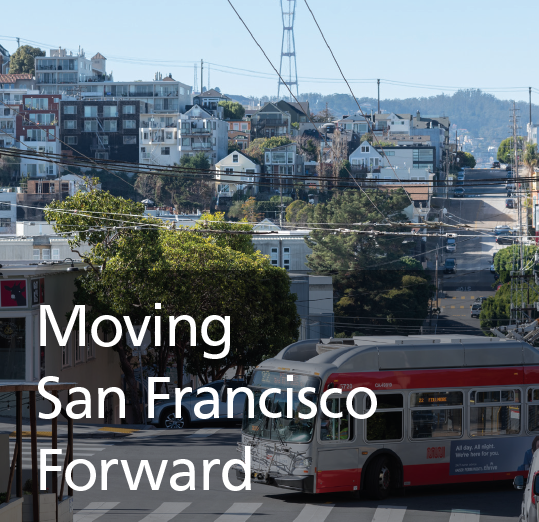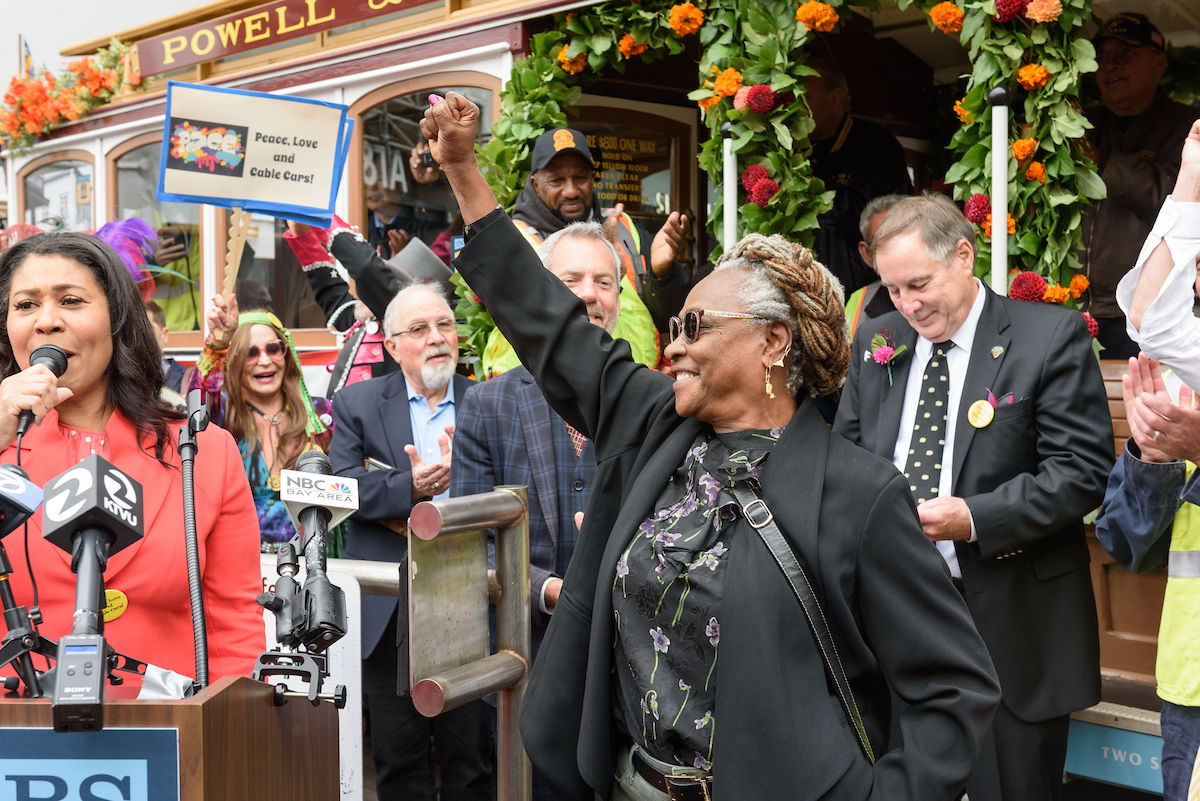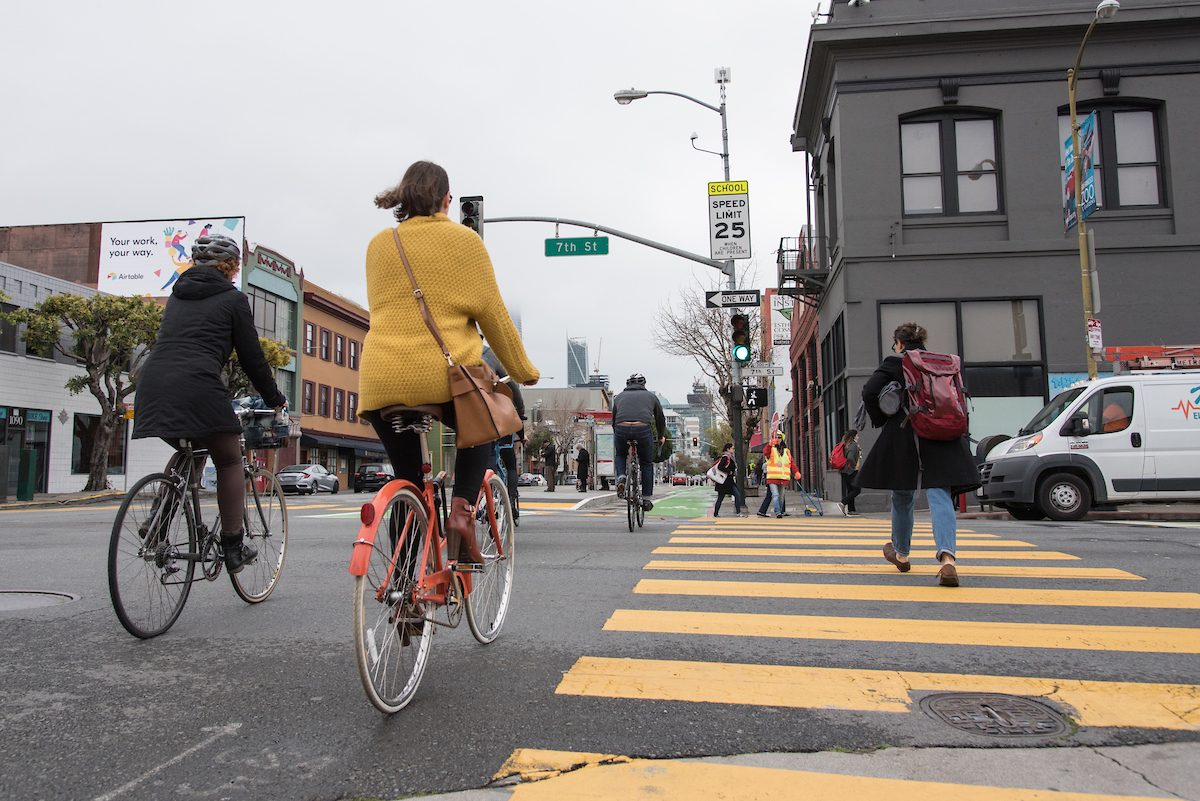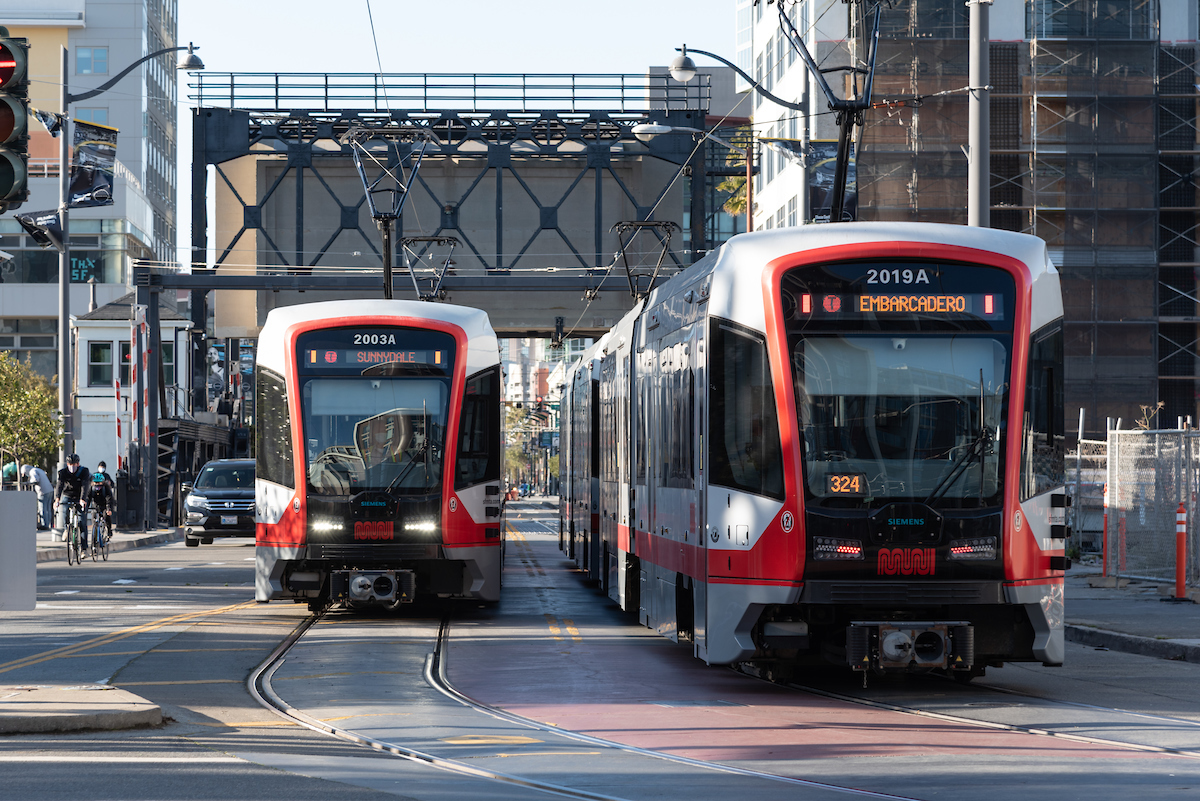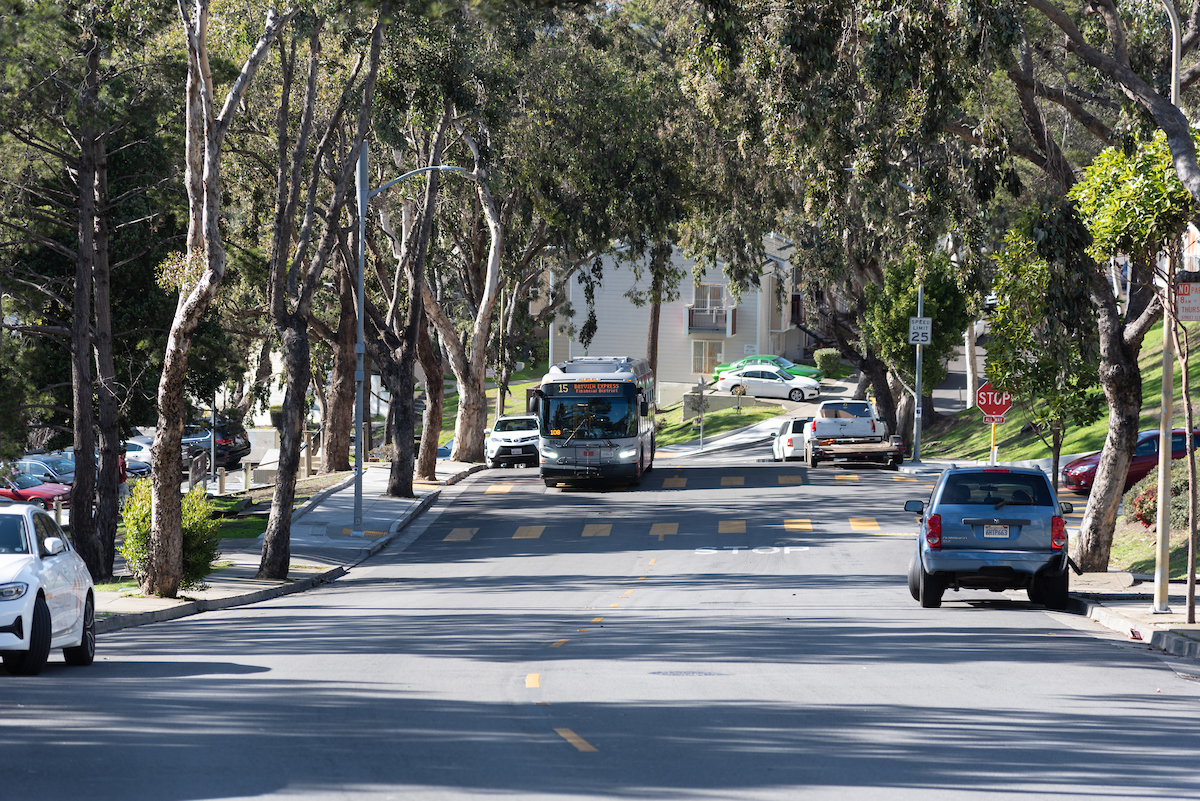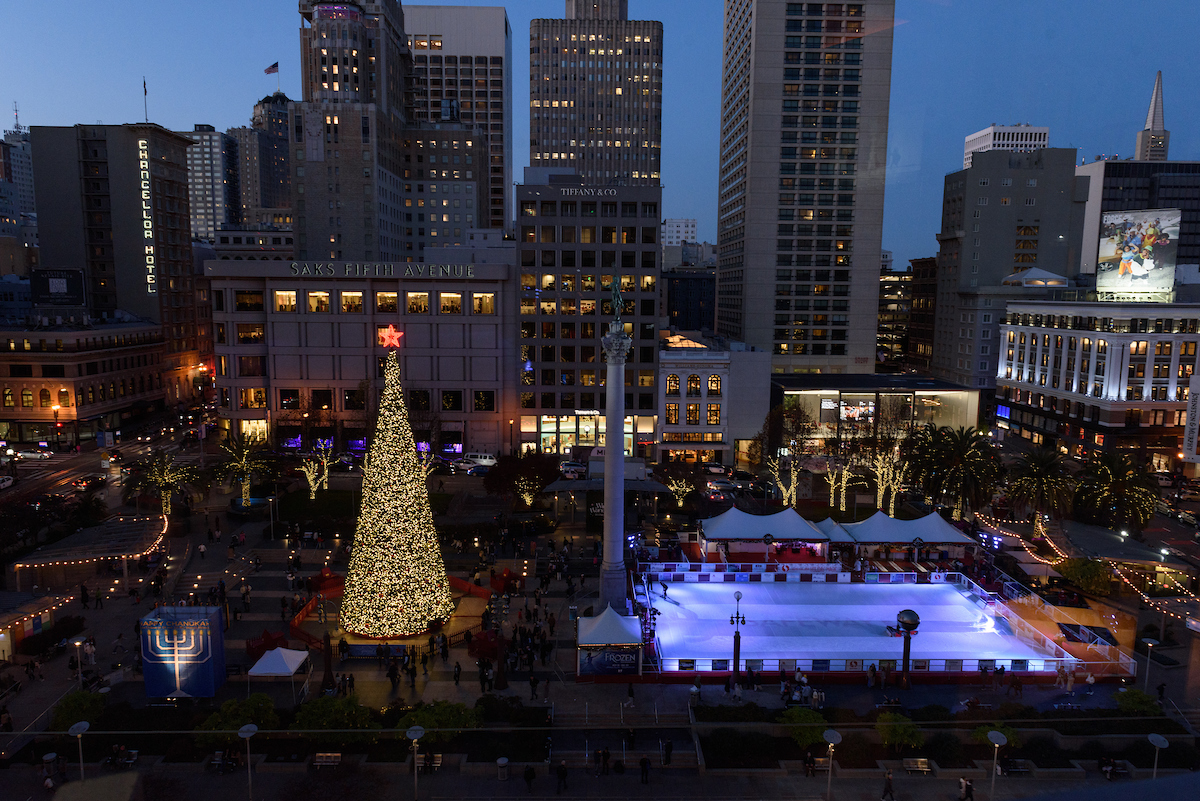By Jeremy Menzies
Join us Saturday, Jan. 27 at a special event for our exhibit, "120 years: SFMTA Photo Archive 1903-2023."
Based at the Harvey Milk Photo Center, the exhibit showcases the last 120 years of San Francisco's transportation history.
This Saturday, we hope you'll join us at a two-part event as the exhibit nears its final week. Hop inside a restored vintage Mack bus to experience a beautiful piece of our transit history. Then, take a tour of the photo exhibit with the curators. Learn the details below.
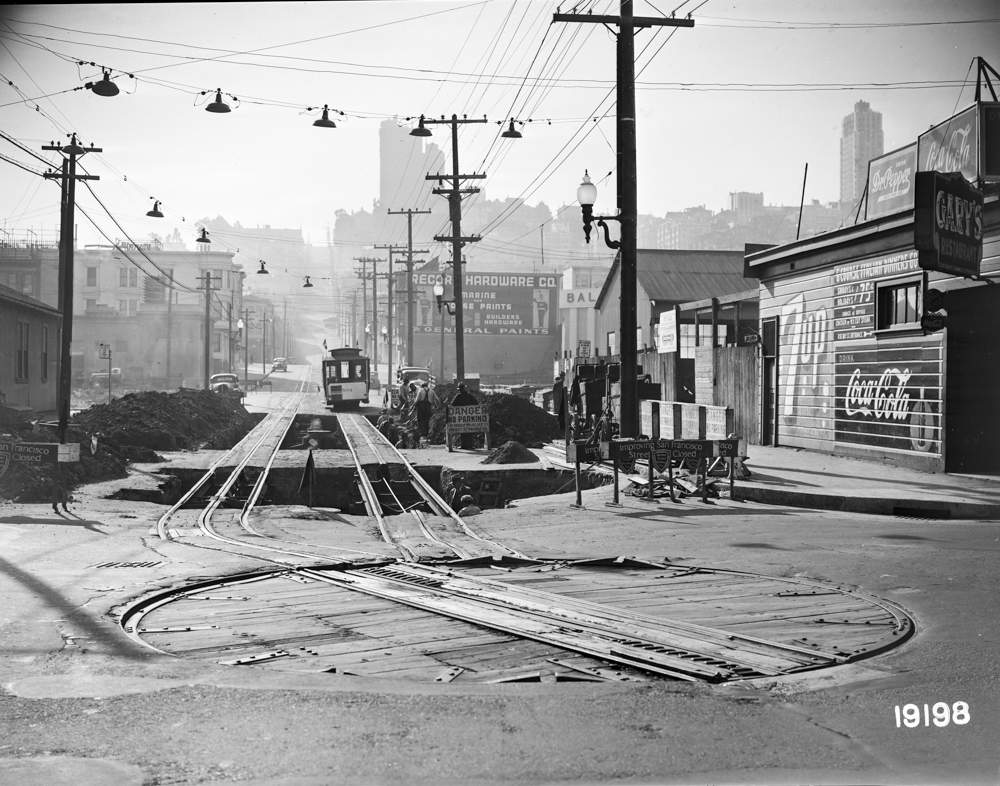 One of the 52 images featured in the ”120 years: SFMTA Photo Archive 1903-2023” exhibit.
One of the 52 images featured in the ”120 years: SFMTA Photo Archive 1903-2023” exhibit.
Vintage Bus Display
Where: Duboce Park, by the outbound N Judah stop on Duboce Avenue and Noe Street
When: Saturday, Jan. 27 from 10 a.m. to 2 p.m.
A striking Mack bus, featuring its original green and cream paint scheme, will be parked at Duboce Park. You’ll have a chance to learn about the bus’s history and restoration. Then, climb on board and get your camera ready, because this one is dazzling!
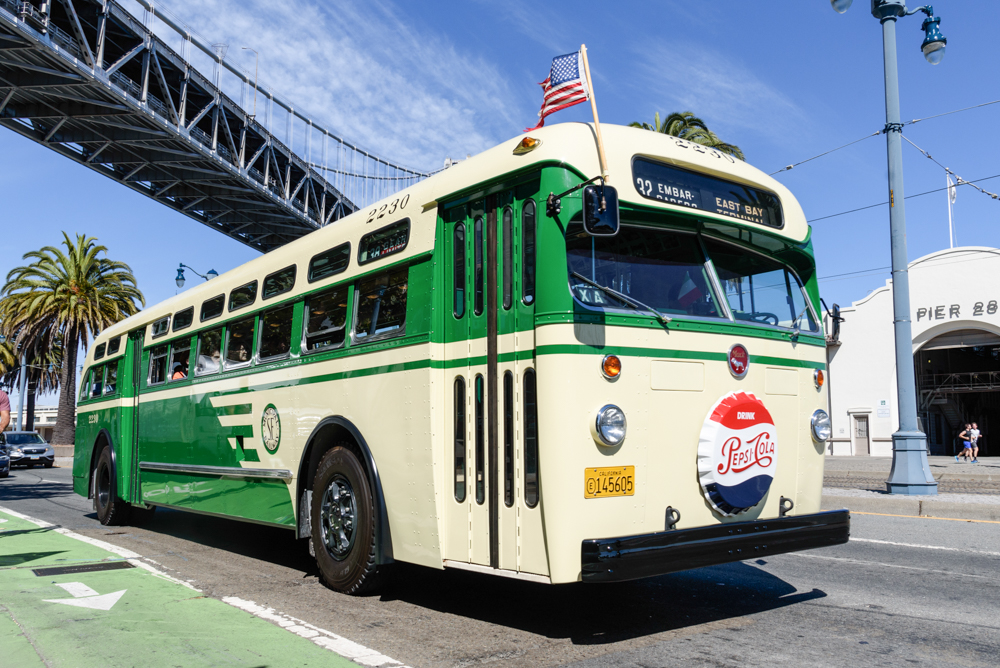 Mack bus 2230 in service during Muni Heritage Weekend 2023. The coach features period-correct advertisements inside and out.
Mack bus 2230 in service during Muni Heritage Weekend 2023. The coach features period-correct advertisements inside and out.
Photo Exhibit Tour
When: Saturday, Jan. 27 at 11 a.m.
Where: Tour meets where the vintage Mack bus will be parked – by the outbound N Judah stop on Duboce Avenue and Noe Street. If you're running late, join the tour inside the Harvey Milk Photo Center on 50 Scott Street.
Exhibit curators will host a brief walkthrough of the photo exhibit. After the tour, feel free to ask questions during an open Q&A session that runs until 1 p.m.
The first 50 visitors to the exhibit will receive a special commemorative poster featuring images from the 120-year-old SFMTA Photo Archive collection. Posters are one per person.
If you can’t make it on Jan. 27, you can still stop by the exhibit through Feb. 3.
See the Harvey Milk Photo Center web page for gallery hours and contact information.
Published January 25, 2024 at 02:42PM
https://ift.tt/qh2HQAu

